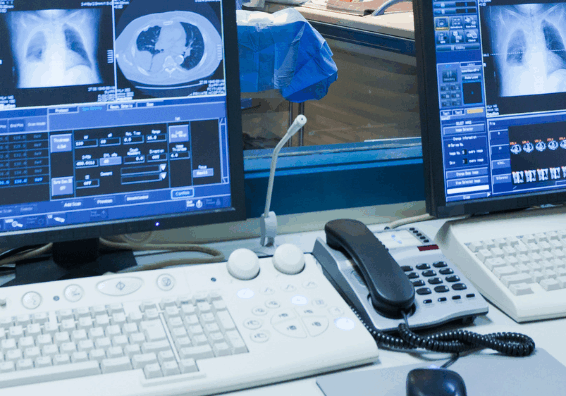ICH E6 (R3) Guidelines: What These Updates Mean for Clinical Research
On January 6, 2025, the International Council for Harmonisation (ICH) endorsed the ICH E6 (R3) guidelines under Step 4. This marks a significant evolution in Good Clinical Practice (GCP), building on earlier versions while addressing the realities of today’s research environment. The revision emphasizes data integrity, proportionate risk management, and clearer stakeholder responsibilities, all of which are reshaping how clinical trials are designed and managed around the world.
For many across the industry, these updates raise an important question: how will E6 (R3) influence the way trials are planned, conducted, and overseen in practice?
Core Principles and Risk Management
The ethical foundation of clinical research remains the same: protecting participant rights, safety, and well-being. What has changed is the call to design quality into trials from the outset rather than correcting issues later. This proactive approach asks research teams to think differently about trial planning and execution, with systems and processes that anticipate potential risks.
E6 (R3) also highlights proportionate approaches to risk. Instead of applying uniform oversight to every study, the guidelines encourage teams to adapt based on the specific risks and complexity of a trial. This perspective supports more efficient resource use while prompting discussions on how organizations will define and measure risk in a consistent way.
Data and Technology in Modern Trials
Another area gaining attention is data. E6 (R3) sets clear expectations around data capture, audit trails, access for researchers, and ongoing system monitoring. These requirements reflect the increasing role of digital technologies in clinical research and underline the need for strong governance throughout the data lifecycle.
The guidance also introduces detailed requirements for computerized systems validation. Teams will be expected to demonstrate that platforms remain reliable, secure, and fit for purpose across the entire duration of a study. Balancing accessibility with security, and ensuring that vendor technologies meet evolving standards, are challenges that many organizations will be working through together.
Clarifying Roles Across the Ecosystem
The guidelines also provide additional clarity on the responsibilities of research organizations, clinical researchers, and ethics committees. While these roles are not new, the greater specificity signals an expectation for stronger accountability and transparency across the research ecosystem. This may help reduce uncertainty, yet it also invites teams to review how well their current practices align with the updated expectations.
Moving Forward Together
Ultimately, E6 (R3) is more than a regulatory update. It reflects the broader evolution of clinical research itself, where data integrity, proportionate risk oversight, and digital system validation are becoming central to how trials are run.
At Vita Global Sciences, we see these updates as an opportunity for collaboration and shared learning across the industry. Successful implementation will require alignment, thoughtful use of technology, and open dialogue among research teams, service providers, regulators, and ethics bodies. The most effective path forward will be shaped not by individual action but by a collective effort to strengthen practices that benefit both science and patients.
As the industry adapts to these changes, Vita Global Sciences will be sharing additional perspectives in a series of articles exploring ICH E6 (R3). Follow along as we continue the conversation on what these updates mean for clinical research and the future of Good Clinical Practice.




